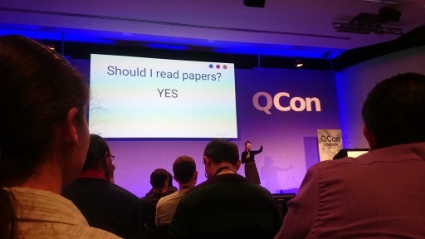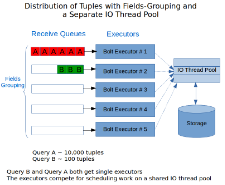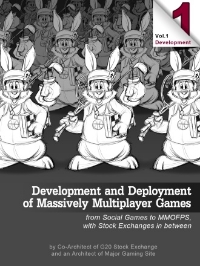Scaling Hotjar's Architecture: 9 Lessons Learned
 Wednesday, June 29, 2016 at 8:56AM
Wednesday, June 29, 2016 at 8:56AM  Hotjar offers free website analytics so they have a challenging mission: handle hundreds of millions of requests per day from mostly free users. Marc von Brockdorff, Co-Founder & Director of Engineering at Hotjar, summarized the lessons they've learned in: 9 Lessons Learned Scaling Hotjar's Tech Architecture To Handle 21,875,000 Requests Per Hour.
Hotjar offers free website analytics so they have a challenging mission: handle hundreds of millions of requests per day from mostly free users. Marc von Brockdorff, Co-Founder & Director of Engineering at Hotjar, summarized the lessons they've learned in: 9 Lessons Learned Scaling Hotjar's Tech Architecture To Handle 21,875,000 Requests Per Hour.
In response to the criticism their architecture looks like a hot mess, Erik Näslund, Chief Architect at Hotjar, gives the highlights of their architecture:
- We use nginx + lua for the really hot code paths where python doesn't quite cut it. No language is perfect and you might have to break out of your comfort zone and use something different every now and then.
- Redis, Memcached, Postgres, Elasticsearch and S3 are all suitable for different kinds of data storage and we eventually needed them all to be able to query and store data in a cost effective way. We didn't start out using 5 different data-stores though...it's something that we "grew into".
- Each application server is a (majestic) monolith. Micro-services are one way of architecting things, monoliths are another - I'm still waiting to be convinced that one way is superior to the other when it comes to a smaller team of developers.
What have they learned?
















 Uber faced a challenge. They store a lot of
Uber faced a challenge. They store a lot of 

 The temptation to put a backdoor into a product is almost overwhelming. It’s just so dang convenient. You can go into any office, any lab, any customer site and get your work done. No hassles with getting passwords or clearances. You can just solve problems. You can log into any machine and look at logs, probe the box, issue commands, and debug any problem. This is very attractive to programmers.
The temptation to put a backdoor into a product is almost overwhelming. It’s just so dang convenient. You can go into any office, any lab, any customer site and get your work done. No hassles with getting passwords or clearances. You can just solve problems. You can log into any machine and look at logs, probe the box, issue commands, and debug any problem. This is very attractive to programmers.


